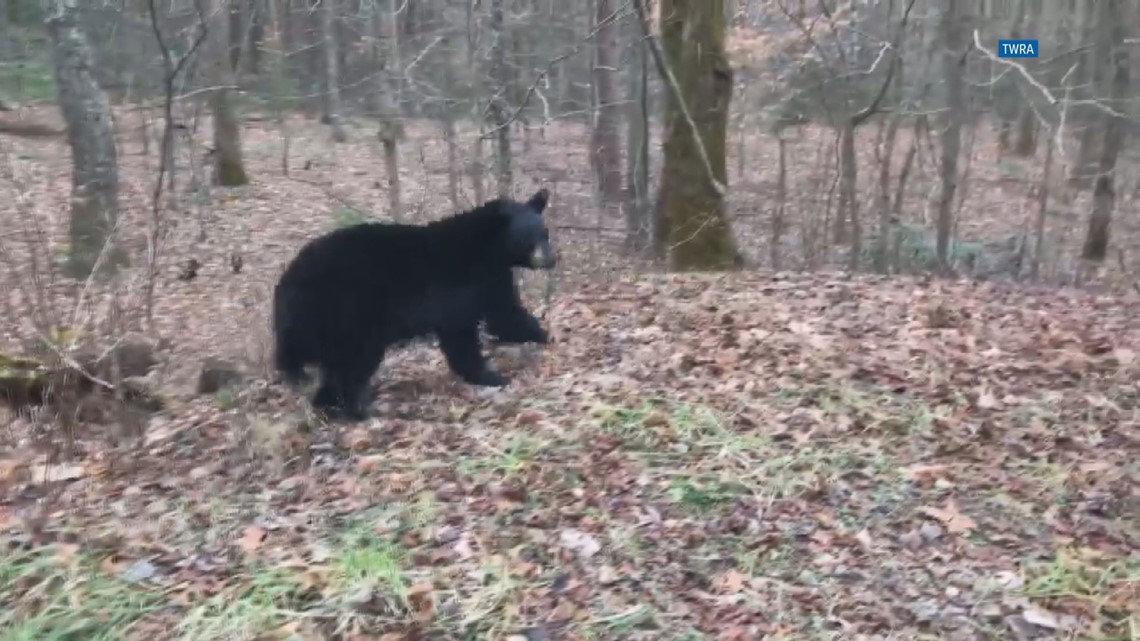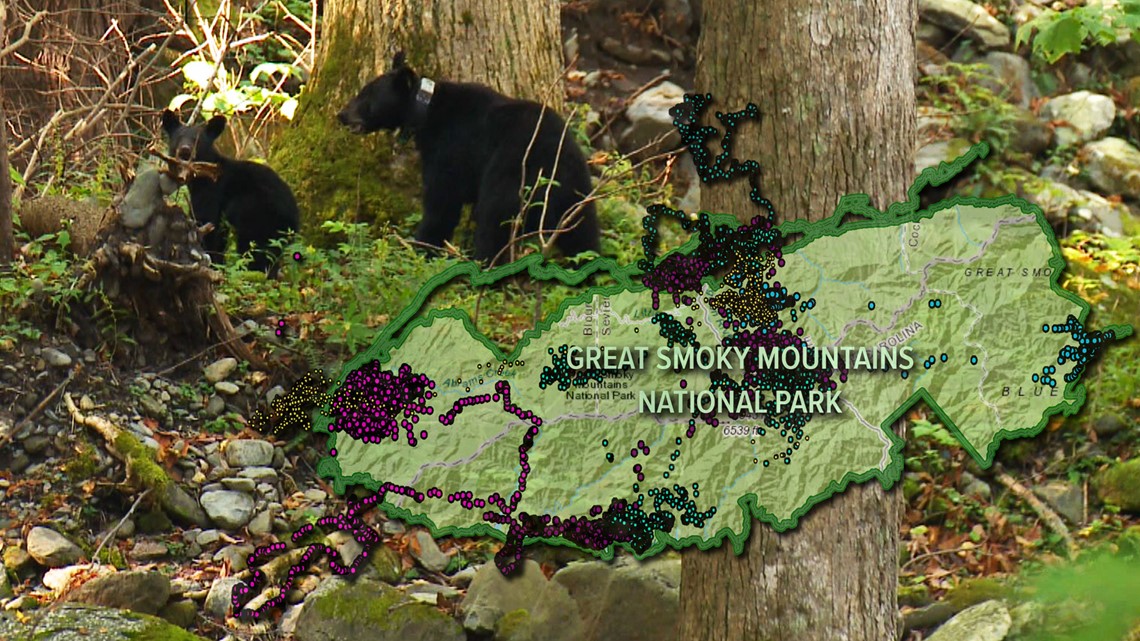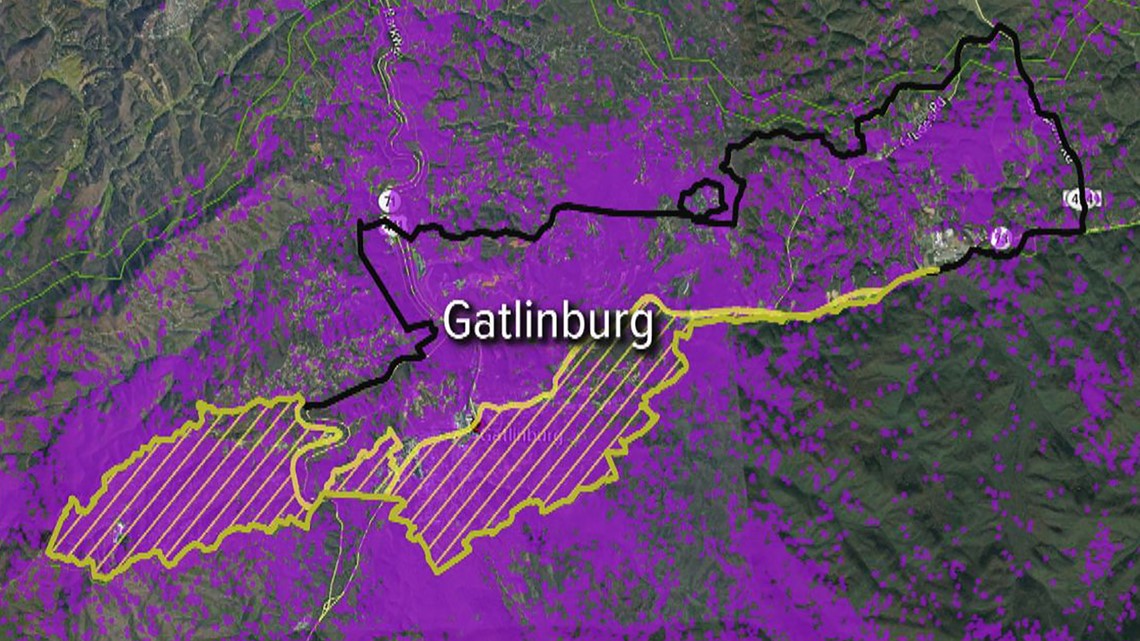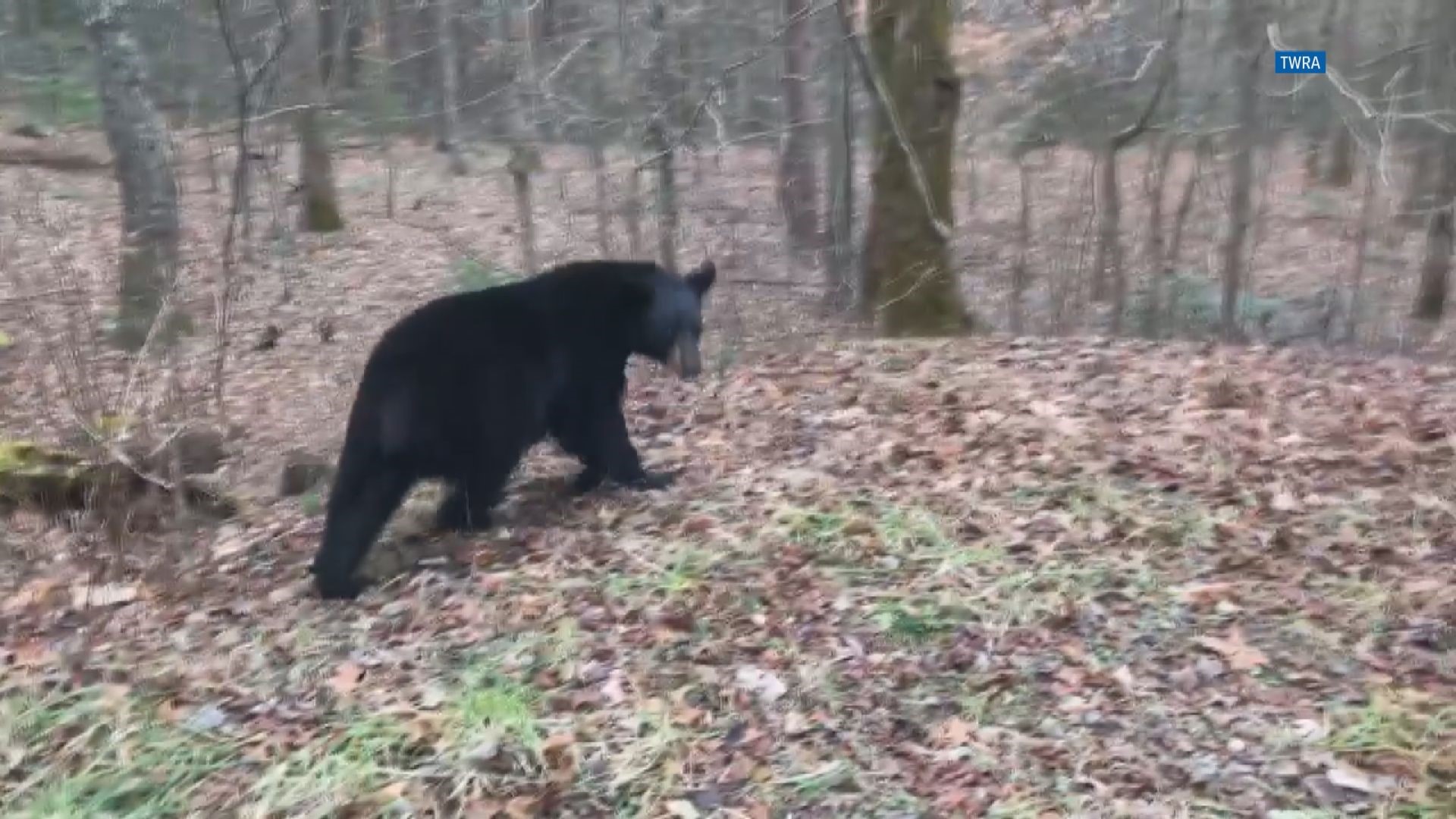KNOXVILLE, Tenn. — Late-December is normally the off-season for baseball. It's also the sleepy season for bears.
The sighting of a 200-pound female bear outside the baseball stadium on the University of Tennessee's campus early Sunday was truly out of left field.
"It was pretty unusual to get that call at 3:00 a.m. on Sunday. By now, most bears should have headed to their winter dens and taken a nice long winter nap," said Matt Cameron with the Tennessee Wildlife Resources Agency (TWRA).
Cameron said the recent warm weather is likely keeping some bears awake and active. The bear on UT's campus was first spotted near East Tennessee Children's Hospital and followed by Knoxville and UT police. TWRA officers darted it with a tranquilizer just outside Lindsey Nelson Stadium near the outfield wall.


The bear was released unharmed Sunday at the Foothills Wildlife Management Area in Blount County.
While Sunday's sighting is unusual, it's indicative of a bear population that grows broader in East Tennessee.
"The fact they're showing up in downtown Knoxville tells you the population is expanding. And it's something we should expect to see more of over time," said Cameron.


Throughout 2019, wildlife experts have hammered home the results of a breakthrough GPS study that tracked bears in the Great Smoky Mountains National Park.
The study showed almost all bears leave the park for food. The animals also cover too much ground to ever be relocated where they will not encounter people in the future.
"People have the mindset that you can move bears farther and deeper into the woods. The GPS study shows there is no 'farther and deeper' into the woods. Bears are expanding and we are behind the curve on our bear-proofing," said wildlife biologist Ryan Williamson when discussing the results of the research in Feb. 2019.


Dan Gibbs, wildlife biologist with TWRA, has worked on a BearWise initiative to teach people how to prevent attracting bears to their homes. The voluntary efforts are especially important in counties that neighbor the Great Smoky Mountains National Park. But bears increasingly travel beyond Sevier, Blount, and Cocke counties.
"Counties like Knox County and Loudon County are seeing more and more bears. We have a growing population of bears and a growing population of people throughout these areas. Bird feeders, trash, grills, and other things will attract bears to your home," said Gibbs during a July 2019 interview with WBIR.
As of now, the City of Gatlinburg is the only place in East Tennessee to pass an ordinance that requires bear-proof trash cans. Experts have cited the GPS study to call for expanding bear-proofing requirements.


"I would love to see the entire county be bear-safe," said Williamson. "You can bear-proof one street. But if your neighbor two streets over is not bear-proof, then you're kind of shooting yourself in the foot. I would like to see communities and counties come together to find ways to make things safer for bears and people."
Expanding bear-proof ordinances would not be a quick or cheap solution. It would require a sizable investment for bear-proof containers and lots of public input.
From TWRA's perspective, the bear-proofing discussion is worth having to reduce conflict between a growing population of bears and humans.
"Those conversations are being had. And once again, it would be a huge effort to pass a law on a larger scale. But it is an issue and it's something we're certainly looking at," said Cameron.

